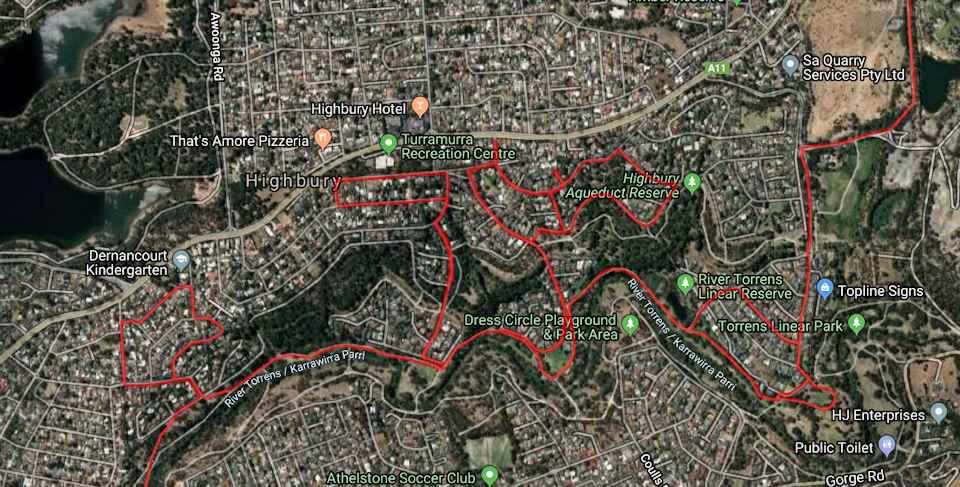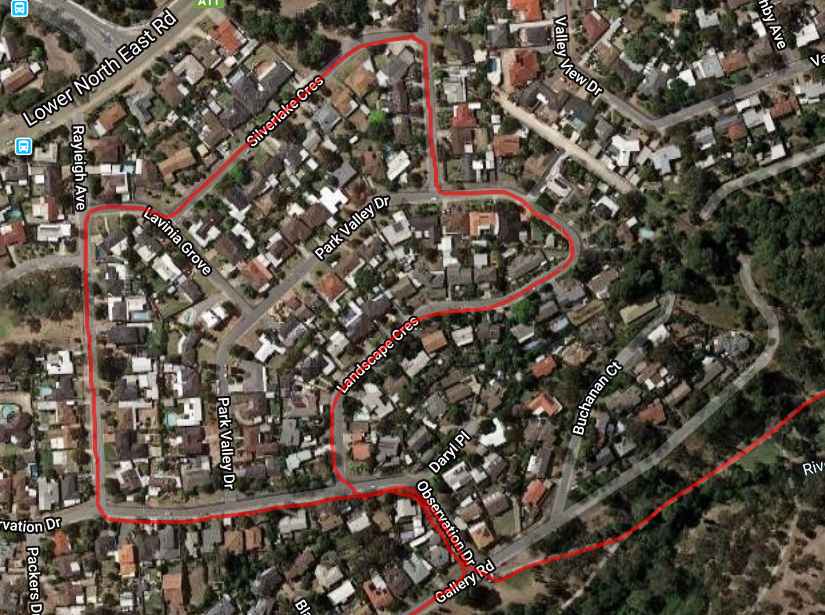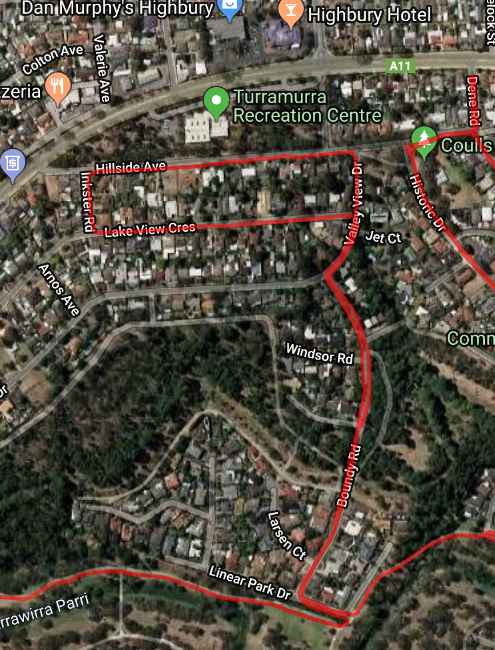Training
I don't train, I commute. My work sites require a 60 or 70km round trip for the day. Ride into work two or three days a week, and training is done! This is because the key issue for touring, and for endurance rides, is simply having lots of miles under the belt. It's not about speed or sprints, but simply riding the distance. I often say to people that if I asked them if they could ride up to Mt Lofty the answer would be, "No!" But most folk could walk up there because they walk all the time. Ride all the time, and physical training is 90% done.
Add to this the fact that any long ride is as much mind as it is body, and training looks like a different thing. Mind and strategy is huge in racing, too, but in the longer day after day rides, mind is often the key factor, especially when conditions are bad.
We are coming up to the Tour Down Under. Deb and I will do the full Community Ride, which is 162km to Murray Bridge, and then we plan to ride back to her place east of the city, which will be another 80km. It requires a climb home through the Hills, and we will take a less direct route to stay out of traffic (Friday night pubs and bikes are not a good mix.) This is a part of Deb's rapid acclimatisation to distance touring (here). I'm then hoping to do at least another 250km, but this will be very weather dependent. In the new Australian climate it is entirely possible, if not likely, that the entire event will be cancelled due to catastrophic fire danger.
In the three weeks leading up to TDU I will add to my commutes each day I go in. I can add six or seven kilometres by taking a more westerly route home and including the Bolivar Bike track. This is the quick option if I am leaving work later than planned, because it only adds 3 minutes a kilometre unless I have a string of delays crossing the highways. It's a good route to remind me of real hot weather strategies. (More on this later)
But the preferred route is to go home via the Linear Park, which means to follow the River Torrens from the city right out to the base of the hills. There are a number places along the Torrens where climbing out of the river valley requires significant effort. On New Year's Eve I climbed out at Gallery Road and took a nasty pinch up Observation Drive (18-22% gradient) and looped back down to the river path. I was carrying extra weight in the panniers for the precise purpose of making these excursions more than a quick effort.

Linear Park Drive is only another 2 or three minutes up the path and directs you onto Boundy Road which is a sharp climb up to the Highbury Hotel. You'll see in excess of 13% here and can loop back up again if desired.


Gallery Road and Linear Park Drive (Full size)
It's a bare two minutes then to Historic Drive which again climbs up to Lower North East Road. Or you can take the footpath just past the Pioneer Community Garden to Country Lane and Crown Rd, which is another of those nasty pinches out of the creek with a 20% gradient. I tend to go back down Historic Drive and loop back up a time or two.
You can see from the first map that it's quite easy to link these last two loops together in some form. (Larger Historic Drive image, with street names.)
Continuing up the river path you have to decide to take the much longer ride up Gorge Road, or pull out at The Promenade which is another nasty steep pinch. (You can seek on the map that I have repeated that little pinch on The Promenade) I go up Majestic and Mulberry, and take Torrens Road down to the old Halls Road (officially closed but fine to ride) through to the top of Grand Junction Road. (More 13% gradient).
By now I have done my normal 30km to home and still have 20km of undulating ride home across the skirts of the Hills. Between now and TDU I'll do this ride three or four times.
What this training achieves is twofold.
It doesn't primarily improve my fitness. Rather, it reminds the mind not to panic when steep pinch follows after steep pinch and begins to hurt. It is also practice at crawling— I use the term "walking the bike," up really steep inclines while balancing a load, and keeping the front wheel on the ground. It mostly does not involve actual walking— it's way more efficient to stay on a loaded bike*— but a slow rhythmic grind with just the slightest pause at the end of a pedal stroke. This will take a loaded touring bike up Checker Hill during the day. (I find night time does odd things to balance.) But the practice is, I think, far more about mind than body. It can turn a notorious climb like the back of Falls Creek into something quite manageable, and it means the really long rides become a delight rather than something to be endured.
(KML file for this route; opens in Google Earth)
Click here to get back if you came from the Climate pages
Andrew Prior (2019)

